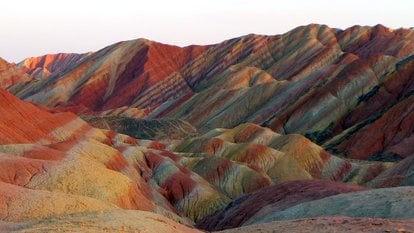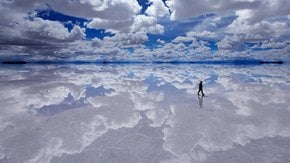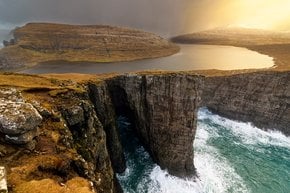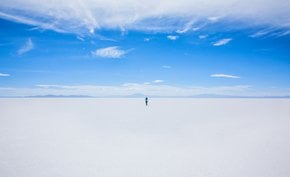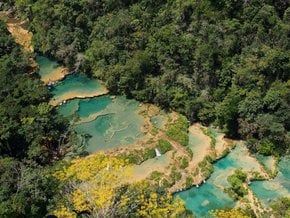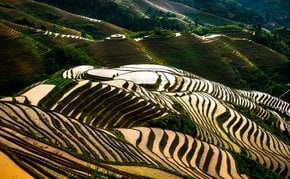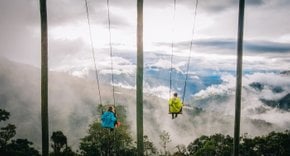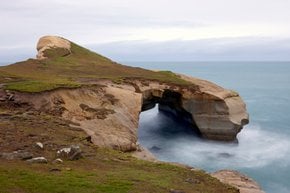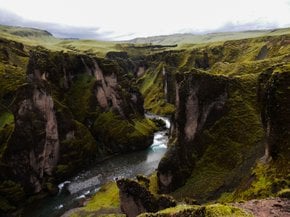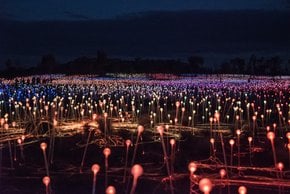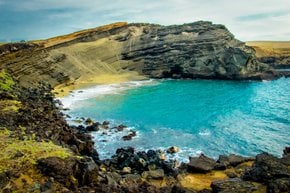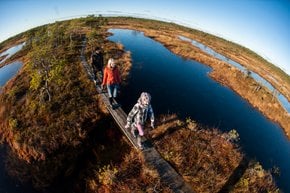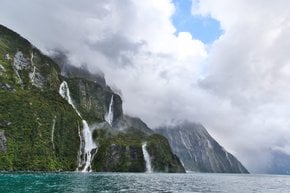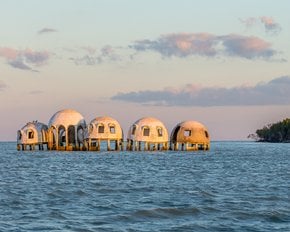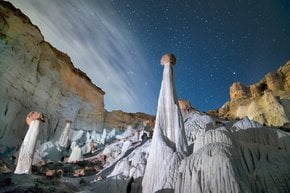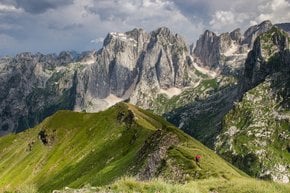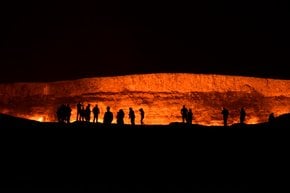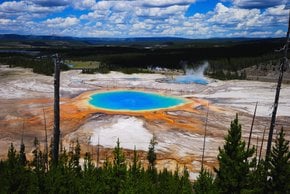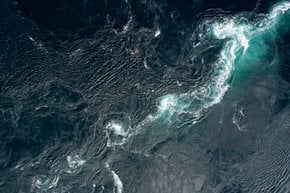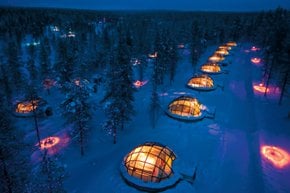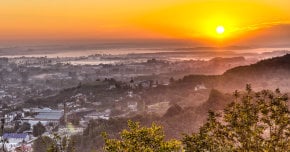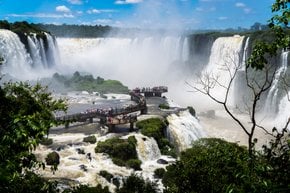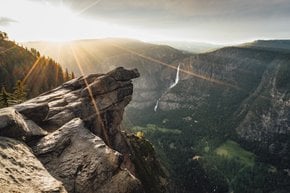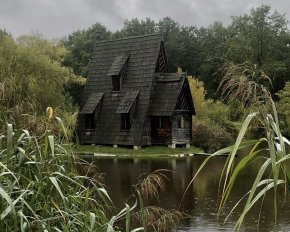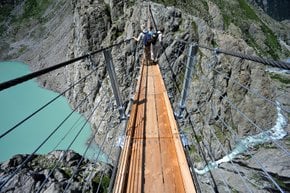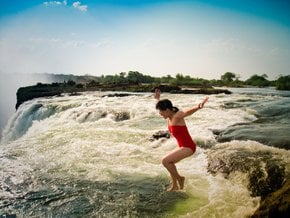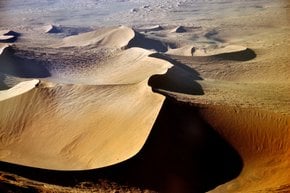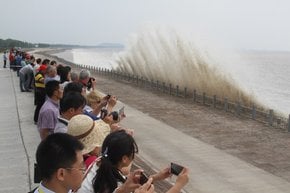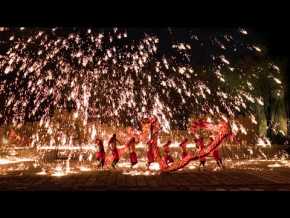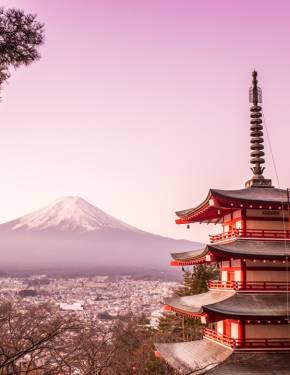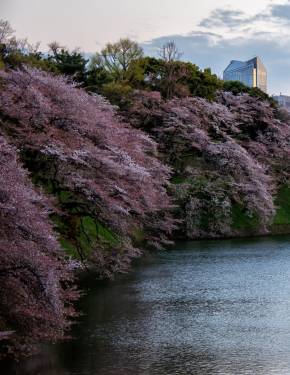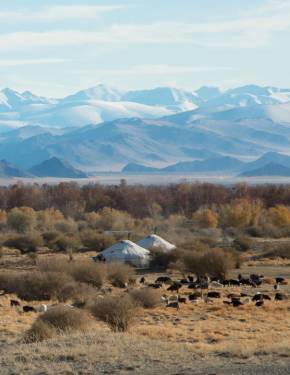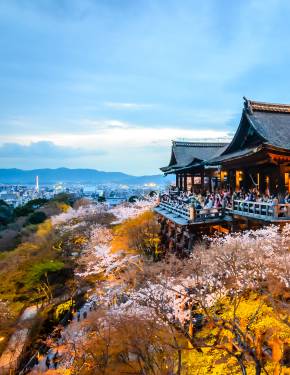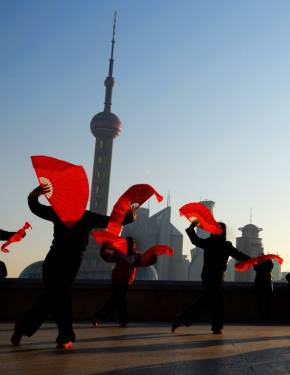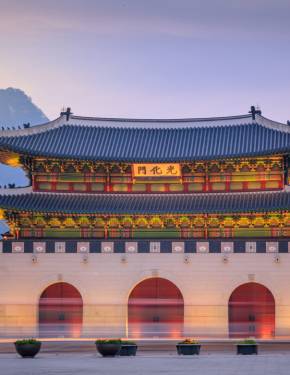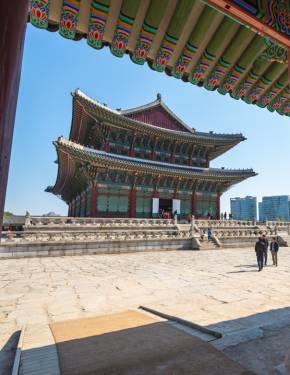Zhangye Danxia National Geological Park (Rainbow Mountains) in China 2026
China's geological wonder started forming tens of millions years ago
Best time: May–September
Zhangye Danxia National Geological Park in China's Gansu Province is renowned for its breathtakingly colorful landscapes, often referred to as the Rainbow Mountains. This UNESCO World Heritage site draws visitors from around the globe, captivated by its surreal, vibrant hues and dramatic geological formations. The park is celebrated for its scientific significance, showcasing millions of years of natural history through vividly layered rock formations.
The Science Behind the Rainbow Hues
The park's stunning colors are the result of mineral deposits and red sandstone accumulating over millions of years. The first mountains began to rise up in the place of modern Gansu Zhangye National Geopark some 55 million years ago as a result of the Indian and Eurasian Plates collision. The colourful layers you see are deposits of sandstone and siltstone formed some 24 million years ago. Long years of rains and winds did the rest of the work, shaping smooth slopes beside sharp pinnacles, and various chemical processes led to the variety of paints we can observe today.
When you come across unrealistically bright pictures from this geological site, you start suspecting Photoshop is involved. Unfortunately, many pictures may indeed be modified. Nonetheless, don't get disappointed too early, for the colours are there, just not that strikingly bright. And when you see the variety of hue shades, you'll admit the rocks are fairly called "Rainbow Mountains".
Best Time to Visit
The best time to visit the park is during spring, summer, and autumn, particularly from May to September. Unlike cold and windy winters, summer offers amiable weather, which is not just more favorable for hiking but also allows one to see the best of the mountains' colors. Sunrise and sunset are ideal times for photography, as the angled light amplifies the natural beauty of the landscapes.
Main Destinations in the Park
The Zhangye Danxia National Geological Park features three distinct scenic areas, each offering unique experiences. The Linze Danxia Scenic Area is the most popular and well-developed section, known for its multiple viewing platforms that provide panoramic views of the vividly colored mountains. It is the primary choice for most visitors, thanks to its accessibility and iconic landscapes.
The Binggou Scenic Area, located along the Liyuan River, is less crowded but equally mesmerizing. This area showcases striking rock formations resembling castles and palaces, offering a quieter yet equally breathtaking experience. The Sunan Danxia Scenic Area presents a more rugged, natural beauty. Its unique formations and fewer tourists make it ideal for visitors seeking solitude and a deeper connection with the natural environment. Shuttle buses connect these destinations, making it easy to explore all the park has to offer. Other popular attractions in the area include the Ping Shan Hu canyon, the Big Buddha temple, and the Mati Si (Horse Hoof Temple) area, which combines cultural and natural beauty, featuring ancient grottoes and temples nestled against the vibrant mountains.
Hiking
Hiking enthusiasts can explore several trails that wind through the park, offering up-close views of the vibrant landscapes. The walking paths are marked for tourists' convenience, These trails vary in difficulty, catering to both casual walkers and more adventurous trekkers. Along the way, visitors can marvel at the intricate details of the rock formations and immerse themselves in the serene environment. The National Park's entrance fee must be paid, and visitors should carry enough water and food due to the limited food options.
The Hot Air Balloon Festival (early August)
The Hot Air Balloon Festival at Gansu's Zhangye Danxia Geopark is a spectacular event that showcases the park's mesmerizing Rainbow Mountains from a breathtaking aerial perspective. Held annually, the festival allows visitors to glide over the vibrant, multicolored formations in vibrant hot air balloons, offering a unique vantage point for photography and awe-inspiring views. Hot air balloon rides, paragliding, and helicopter rides are available during the festival as well as at other times, weather permitting (More information in External Resources).
Getting there
The park is located about 40 kilometers from the city of Zhangye. Visitors can reach it via a 40-minute car ride or a local shuttle bus. Zhangye is accessible by train or flight, with well-connected routes to major Chinese cities such as Lanzhou and Xi’an.
To make the most of your trip, wear comfortable walking shoes, bring sunscreen, and pack layers to prepare for fluctuating temperatures. Consider booking accommodations in Zhangye for convenience, as the city offers a range of options from budget-friendly hotels to more luxurious stays. For a truly immersive experience, plan to visit during a weekday to avoid crowds. The Zhangye Danxia National Geological Park promises a feast for the senses, combining geological wonder with cultural richness. It’s a must-see destination for any traveler venturing into China.

